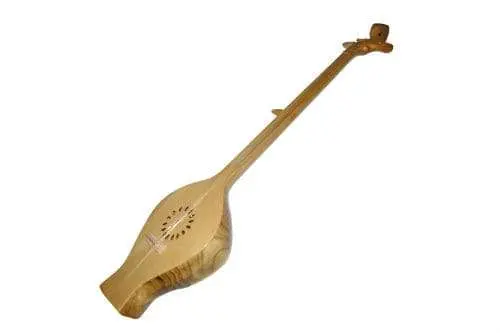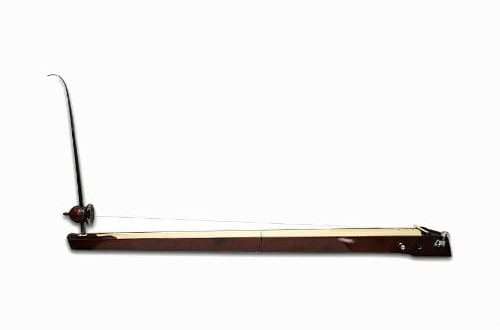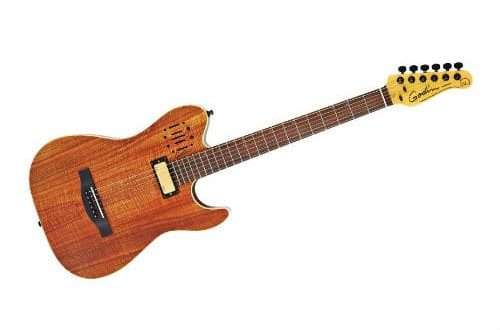
Chogur: description of the instrument, structure, history of appearance
Contents
Chogur is a well-known stringed musical instrument in the East. Its roots go back to the twelfth century. Since that time, it has spread throughout Islamic countries. It was played at religious ceremonies.
The story of
The name is of Turkish origin. The word “chagyr” means “to call”. It is from this word that the name of the instrument comes. With its help, people called out to Allah, the Truth. Over time, the name acquired the current spelling.
Historical documents say that it was used for military purposes, calling on warriors to fight. This is written in the annals of Chahanari Shah Ismail Safavi.

It is mentioned in the work of Ali Reza Yalchin “The Epoch of Turkmens in the South”. According to the writer, it had 19 strings, 15 frets and a pleasant sound. Chogur replaced another popular instrument, the gopuz.
Structure
A sample of an old product is in the Museum of the History of Azerbaijan. It was created by the assembly method, has the following structure:
- three double strings;
- 22 fret;
- 4 mm thick mulberry body;
- walnut neck and head;
- pear sticks.
Despite the fact that many hurried to bury the choghur, now in Azerbaijan and Dagestan it has sounded with renewed vigor.





